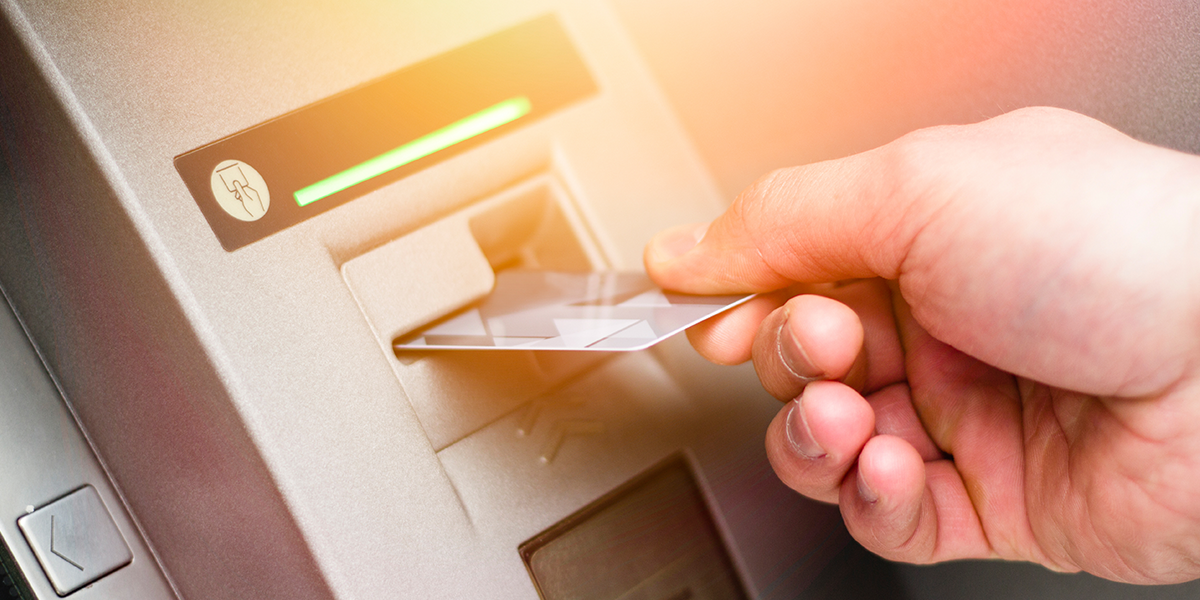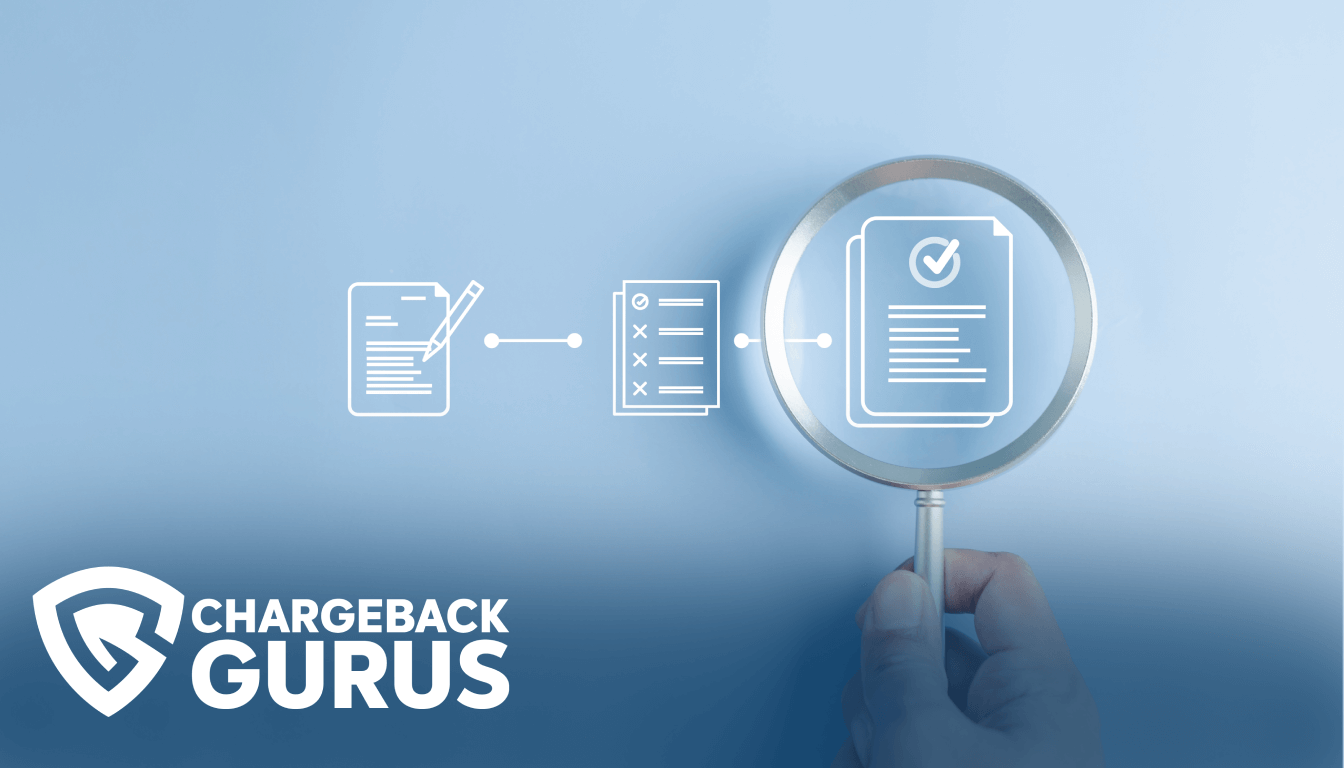Visa Chargeback Reason Code 13.9: Consumer Disputes

Table of Contents
- What is Visa chargeback reason code 13.9?
- What causes code 13.9 chargebacks?
- What's the time limit to respond to code 13.9 chargebacks?
- How can merchants fight code 13.9 chargebacks?
- How can merchants prevent code 13.9 chargebacks?
- About Visa chargeback reason codes
Merchants who receive a chargeback for a transaction placed with a Visa card may encounter reason code 13.9, which indicates an improperly processed transaction that the cardholder does not believe they should be responsible for paying. The actual underlying cause of this chargeback is usually either friendly fraud or merchant error. Merchants who believe they have received an invalid chargeback under reason code 13.9 may be able to represent the transaction and reverse the chargeback with the right compelling evidence.
What is Visa chargeback reason code 13.9?
Visa chargeback reason code 13.9 falls under the “Consumer Disputes” category. The shorthand description is “Non-Receipt of Cash or Load Transaction Value.” This code indicates the cardholder made a withdrawal at an ATM and did not receive the full amount they were charged for.
When a cardholder uses a Visa debit card to withdraw cash from their bank account or uses a Visa credit card to get a cash advance at an ATM, their account is charged for the amount of cash they ask to withdraw.
When there is a discrepancy between the amount charged and the amount dispensed, the cardholder has recourse in the form of this chargeback.
What causes code 13.9 chargebacks?
Code 13.9 chargebacks are usually caused by a mechanical or software error in an ATM that causes it to fail to dispense the appropriate amount of cash. These kinds of errors may be more common for ATMs that can dispense several different denominations.
When a customer receives an incomplete disbursement at an ATM due to mechanical problems or software glitches, it should be considered merchant error. ATMs are designed to accurately dispense cash, and when a cardholder receives a partial amount—or no cash at all—it usually means there is something wrong with the machine that adequate repairs or maintenance would have corrected.
However, it is also quite possible to encounter this reason code as a friendly fraud chargeback.
Customers may miscount bills, forget the amount they keyed in, or accidentally leave bills behind in the ATM. When this occurs, they may file a chargeback under the mistaken assumption that the machine did not dispense correctly. Some cardholders may even try to score some free money by falsely claiming that the ATM didn’t dispense all of the cash they requested.
What's the time limit to respond to code 13.9 chargebacks?
The acquirer or merchant has 30 days to respond to a chargeback filed under reason code 13.9.
How can merchants fight code 13.9 chargebacks?
Merchants can fight code 13.9 chargebacks by proving that the proper amount of cash was dispensed or that the cardholder was already refunded for the error.
Your chargeback response should include the following:
- If the cardholder did receive the full and correct cash withdrawal amount, provide a copy of the cash disbursement record showing the card account number, a timestamp or sequential number that identifies the disputed transaction, and proof that the dispensed cash amount was accurate.
- If the ATM did apply the full and correct load transaction value to the card, provide a copy of the load transaction record showing the card account number, a timestamp or sequential number that identifies the disputed transaction, and proof that the load transaction value was accurate.
- If you have already processed a refund for the transaction in question, provide documentation that proves you have credited the cardholder’s account.
- If you have resolved the issue directly with the cardholder, provide proof, such as written correspondence, that proves they no longer wish to dispute the charge.
How can merchants prevent code 13.9 chargebacks?
To prevent code 13.9 chargebacks, merchants must maintain and service ATMs regularly, according to the recommended manufacturer schedule, and promptly investigate any hardware or software issues. Using new, clean bills can prevent jams and other mechanical problems.
The following advice can help you avoid this kind of chargeback:
- Reconcile ATM transactions to cash in a timely manner in order to catch any discrepancies as soon as possible.
- If ATM logs indicate that a cardholder was shorted, notify them and provide an immediate transaction reversal or credit to correct the error.
- Address any errors, outages, balancing issues, hardware problems, or software glitches in your ATMs promptly.
About Visa chargeback reason codes
Reason codes are alphanumeric codes that provide the justification for granting a chargeback. Pursuant to the Fair Credit Billing Act of 1974, cardholders have the right to dispute unauthorized or erroneous charges, and issuing banks must reverse a disputed transaction if the cardholder’s claim is valid.
When a cardholder contacts their issuing bank to dispute a transaction and receive a chargeback, the dispute is assigned a reason code that most closely matches the substance of the cardholder’s claims. The reason code provides the merchant and other stakeholders in the dispute with a concise explanation for why a chargeback has been granted.
Each card network—Visa, Mastercard, American Express, and Discover—defines and maintains their own unique set of reason codes, which are applied to disputes by the banks that issue credit and debit cards under their brands.
Visa specifies 46 reason codes under the categories of Fraud, Authorization, Point-of-Interaction Error, Consumer Disputes, and Processing Errors. Visa uses a numeric scheme for its chargeback reason codes.
Understanding chargeback reason codes is one of the most essential parts of effective chargeback management. Identifying the chargeback reason code and the evidence required to fight it is the first step in chargeback representment, and analyzing your chargeback reason codes can provide you with insights into what types of disputes are causing you the most trouble. With this information, you can determine the root causes of your chargebacks and take action to prevent them from reoccurring.


